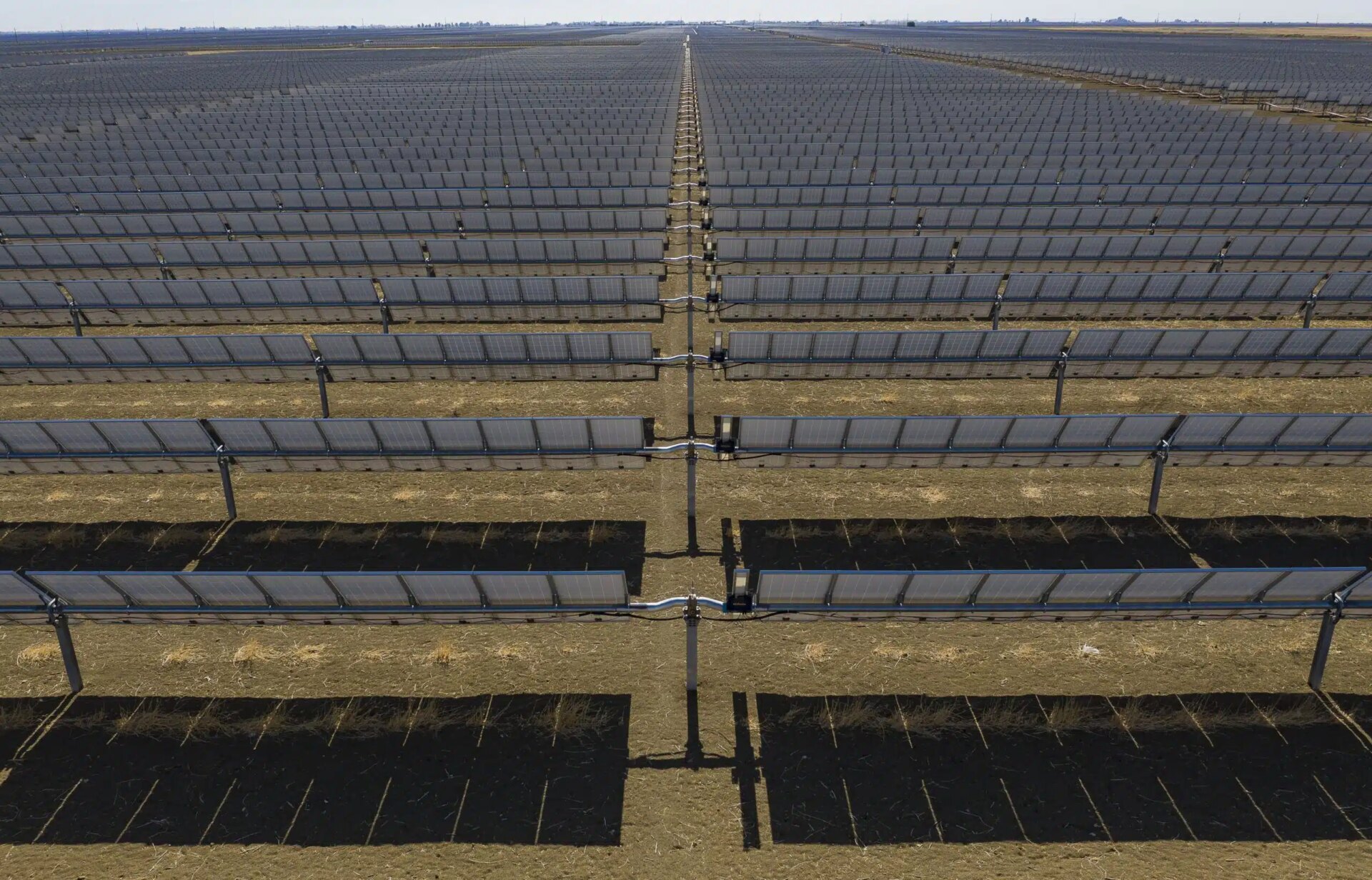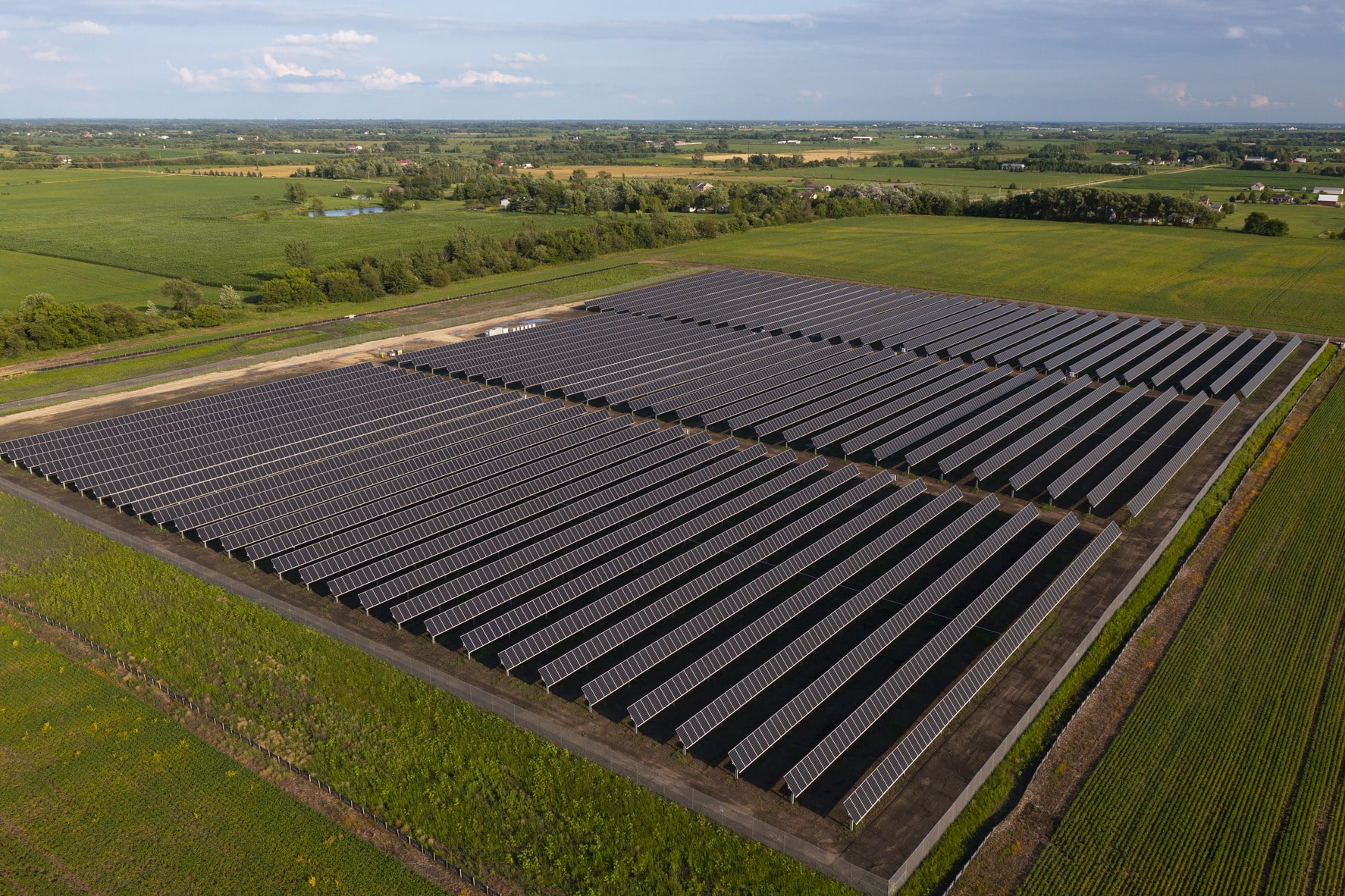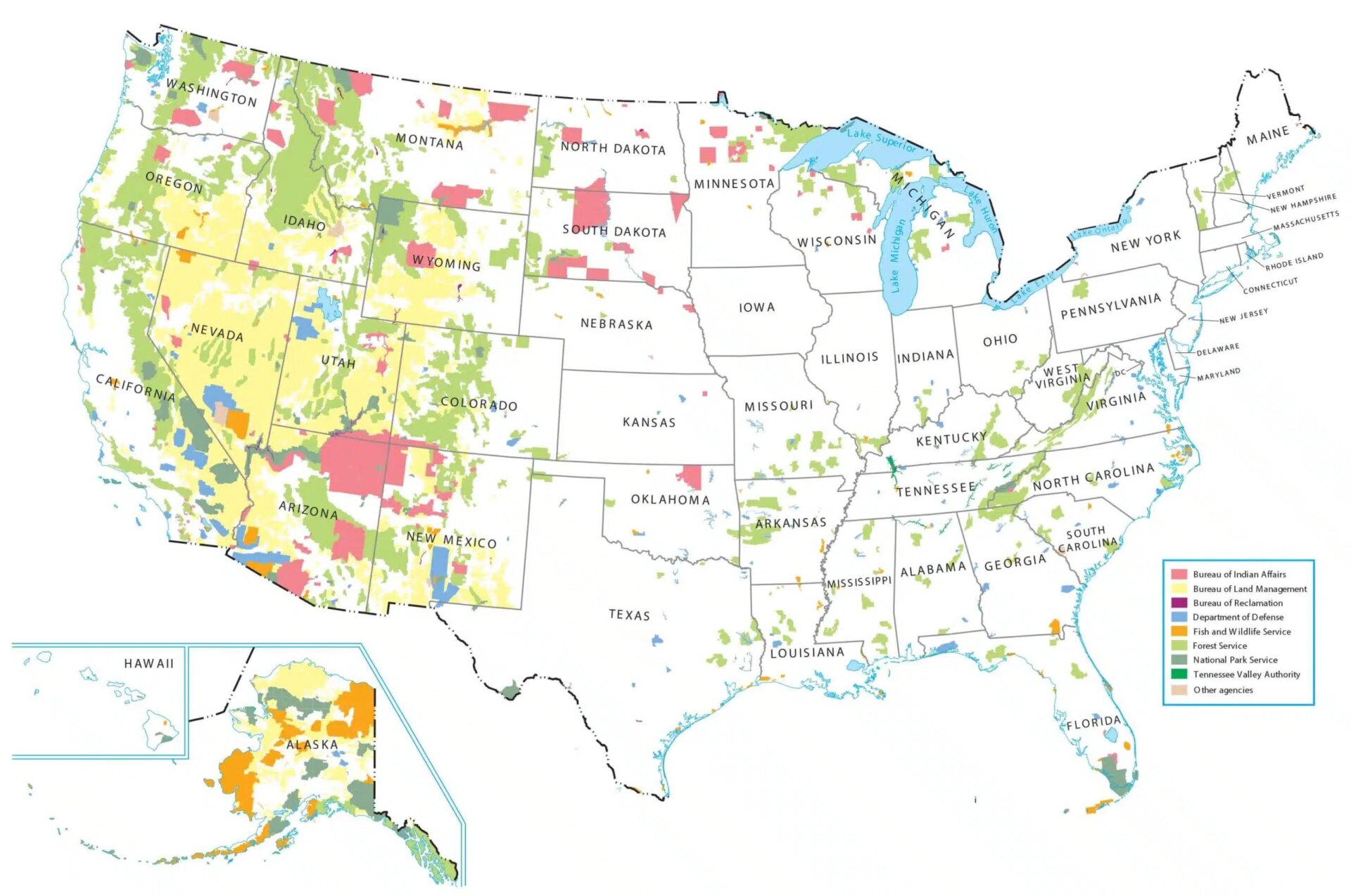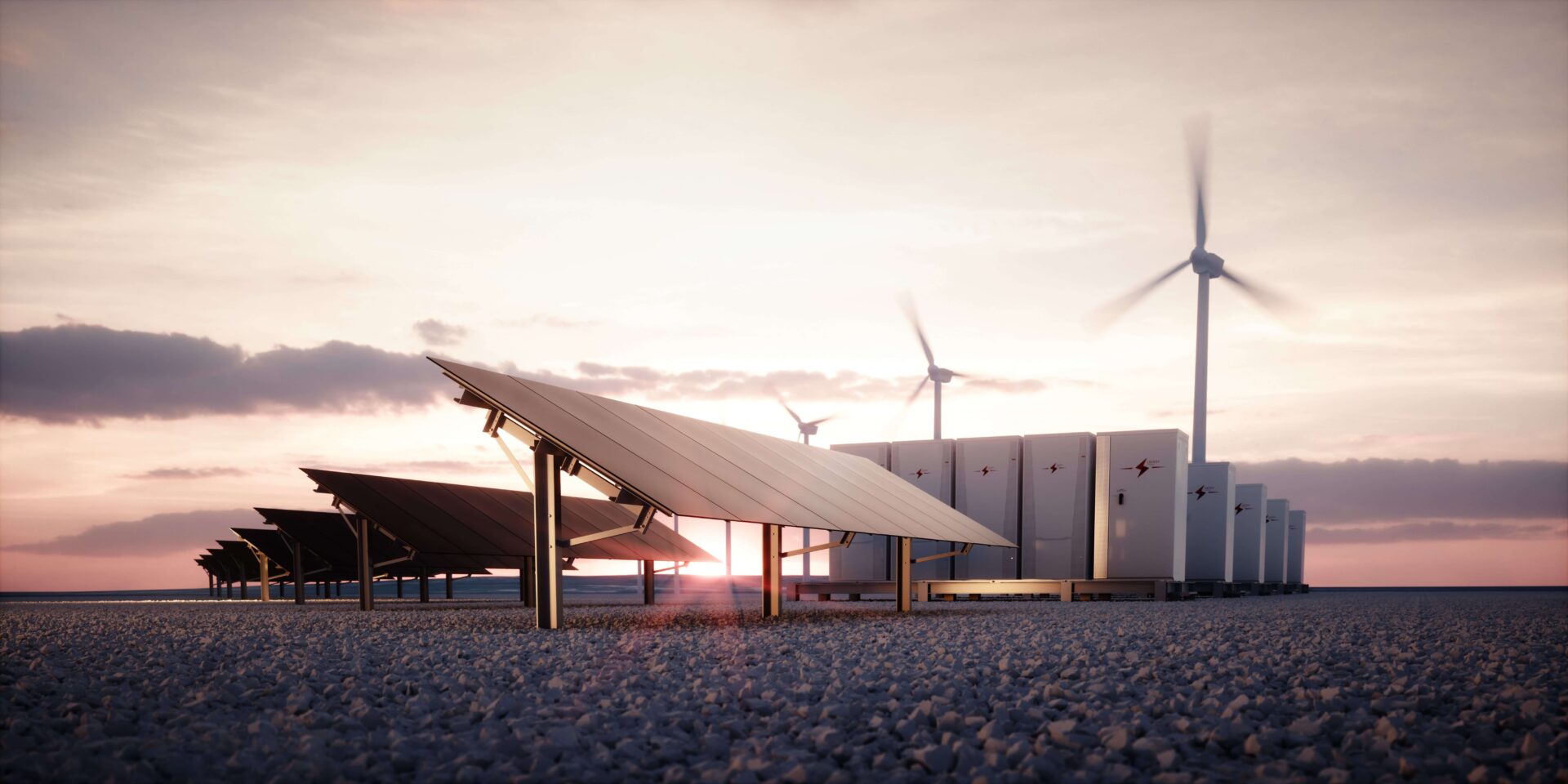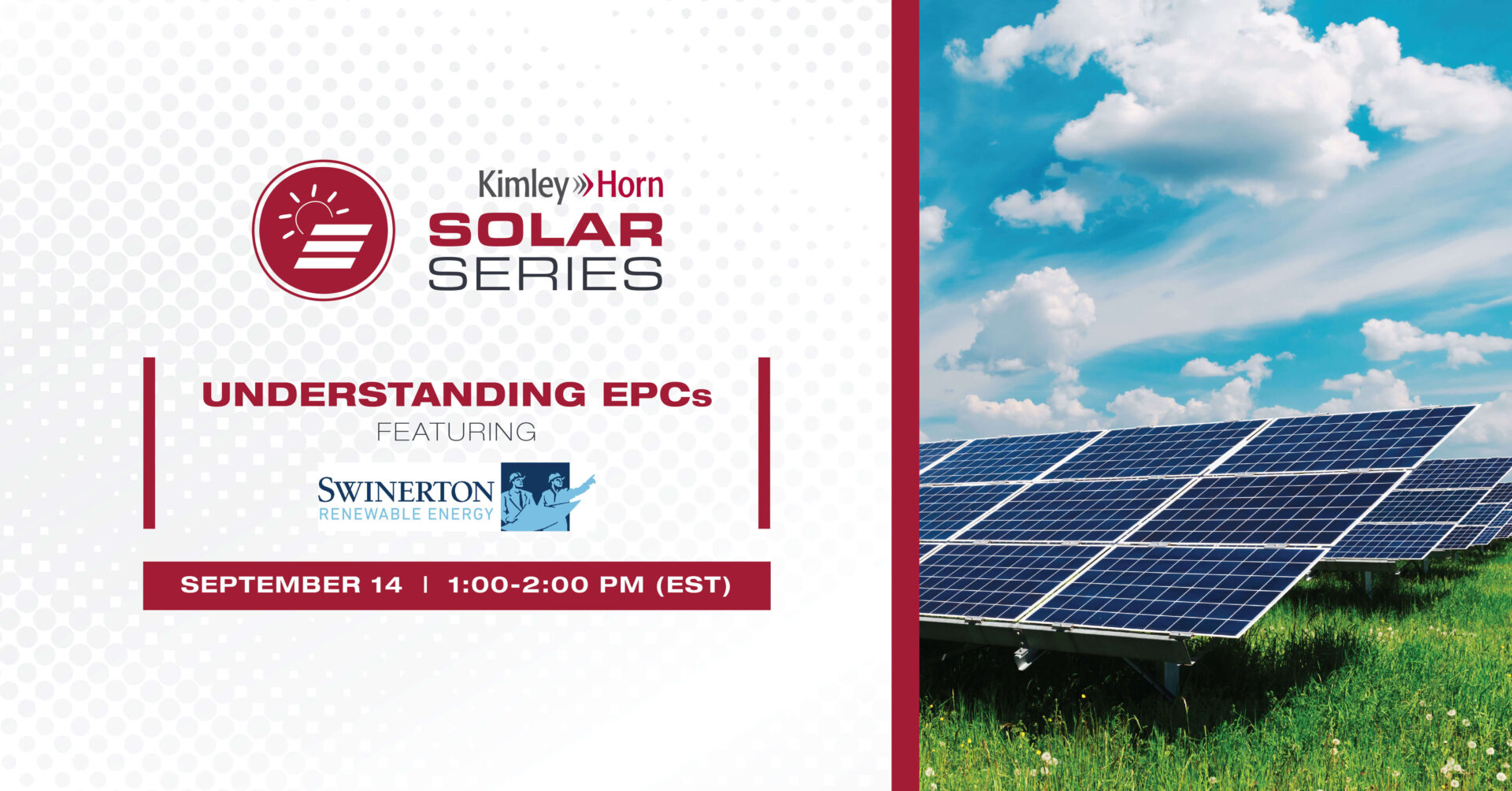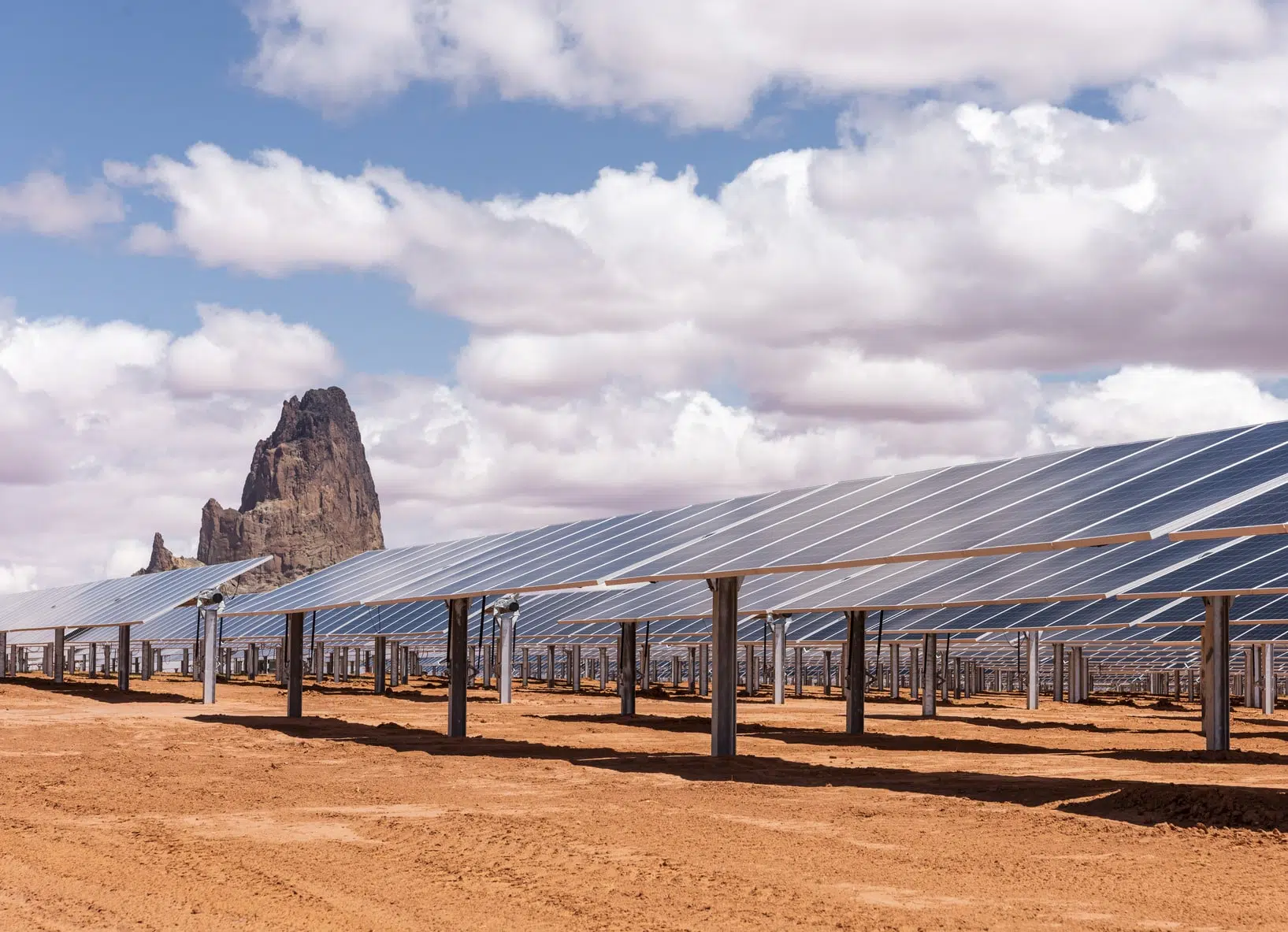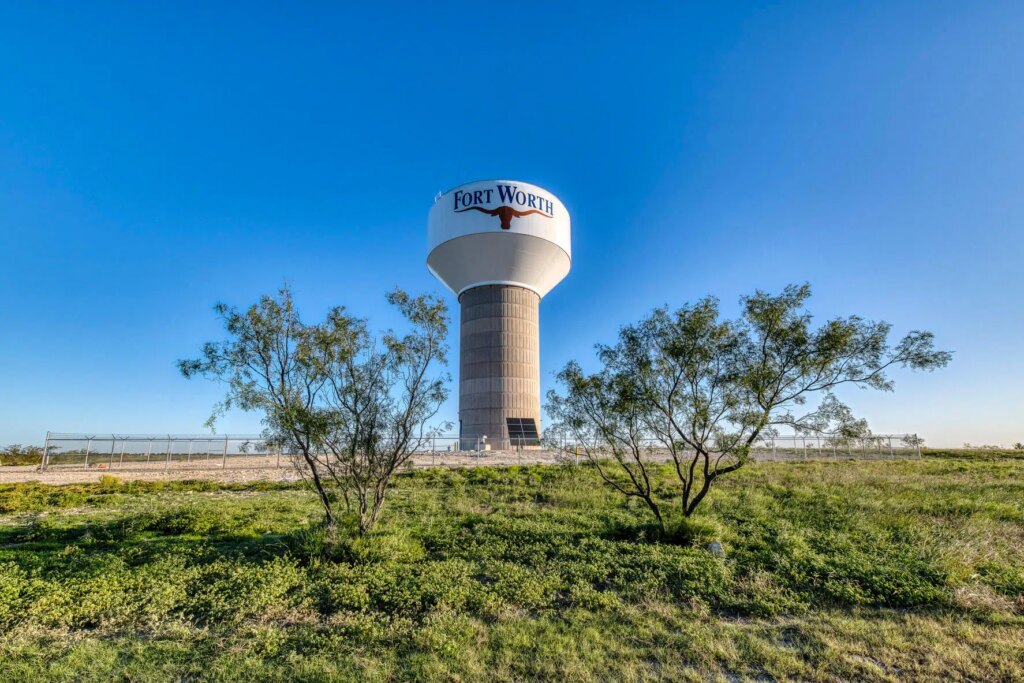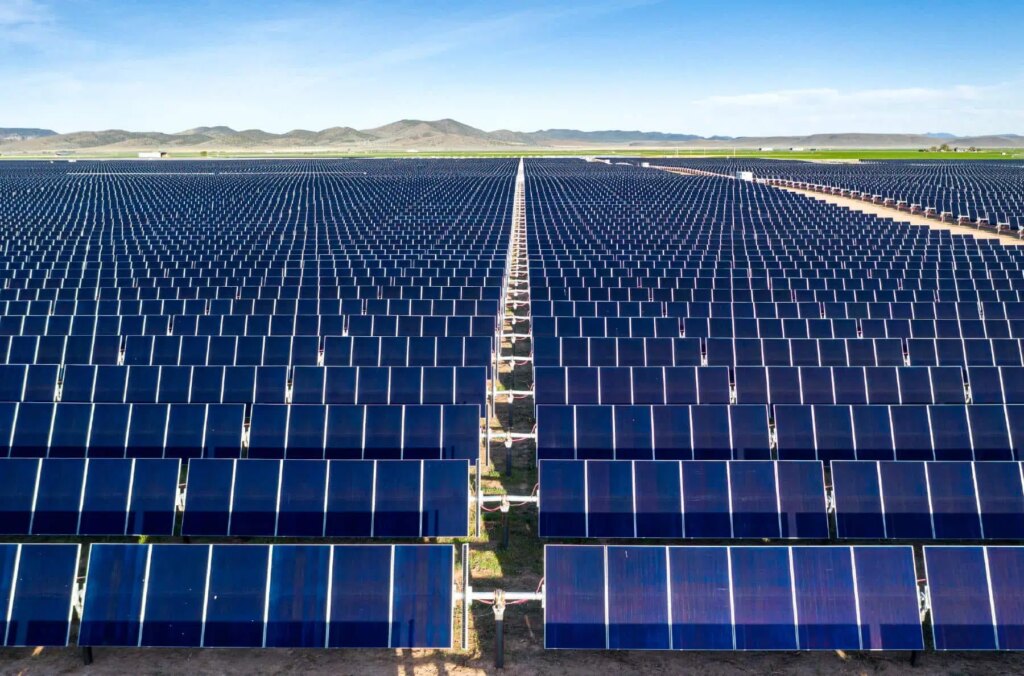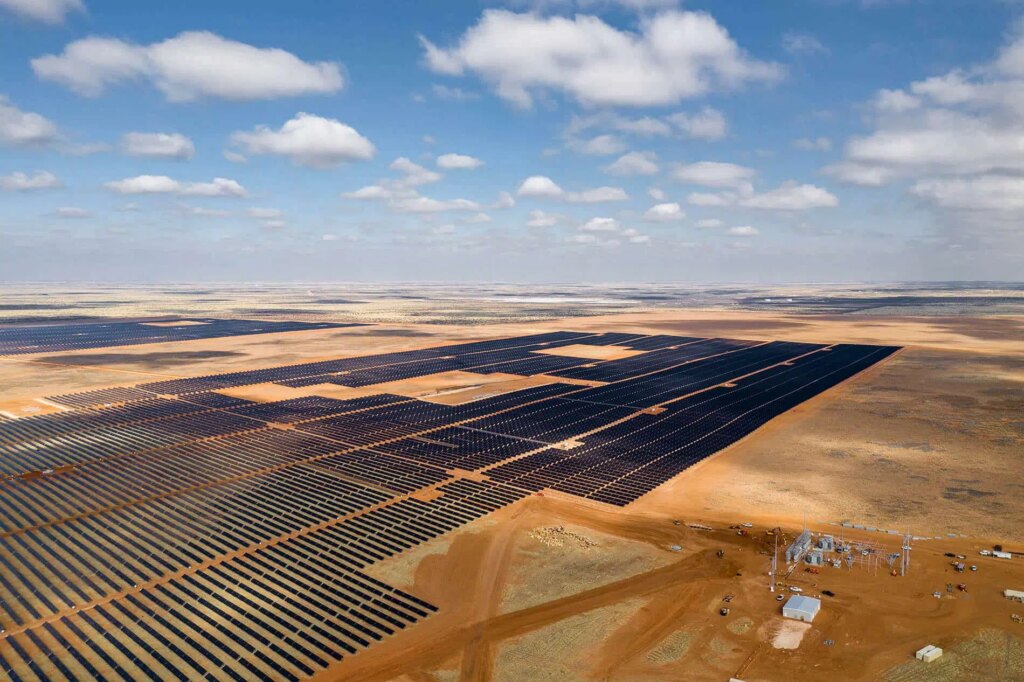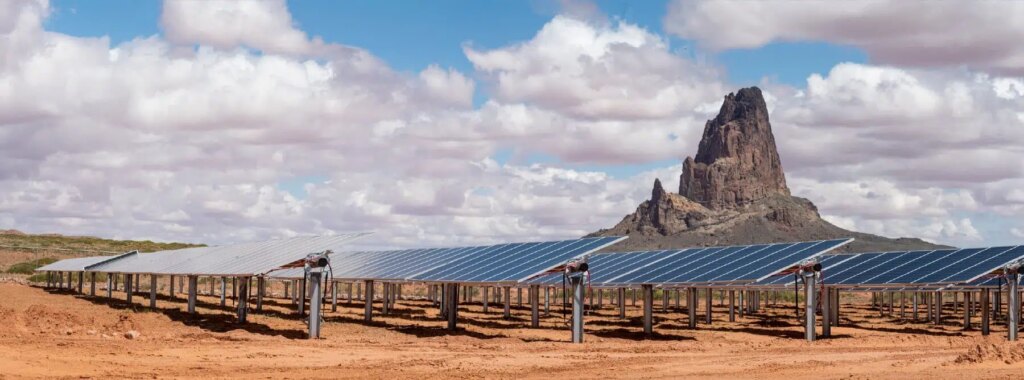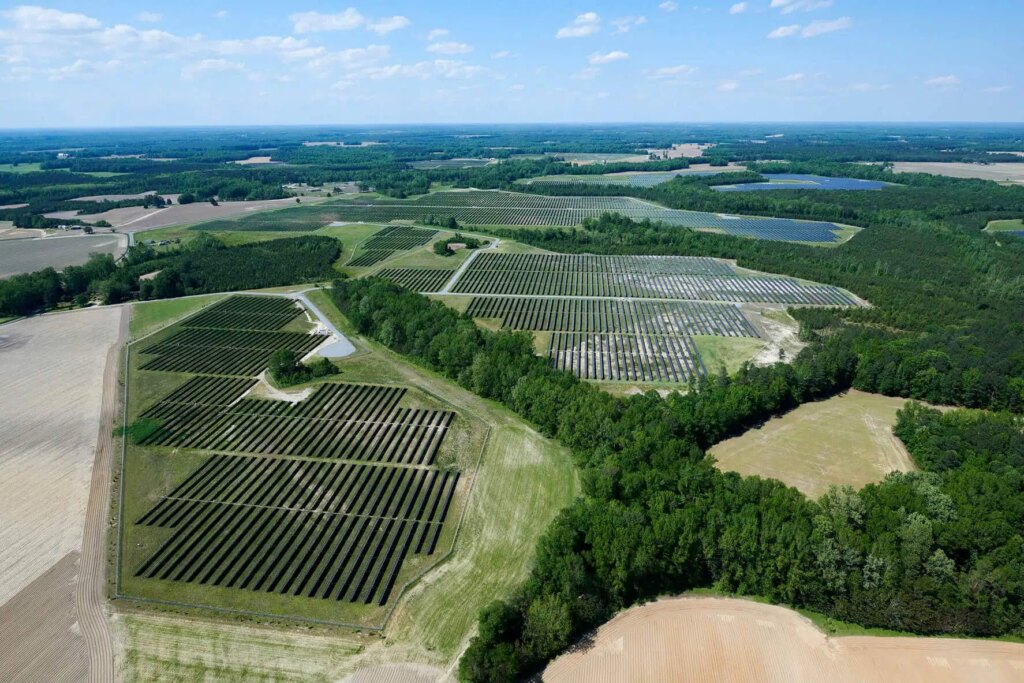Mastering Utility-Scale Solar Projects
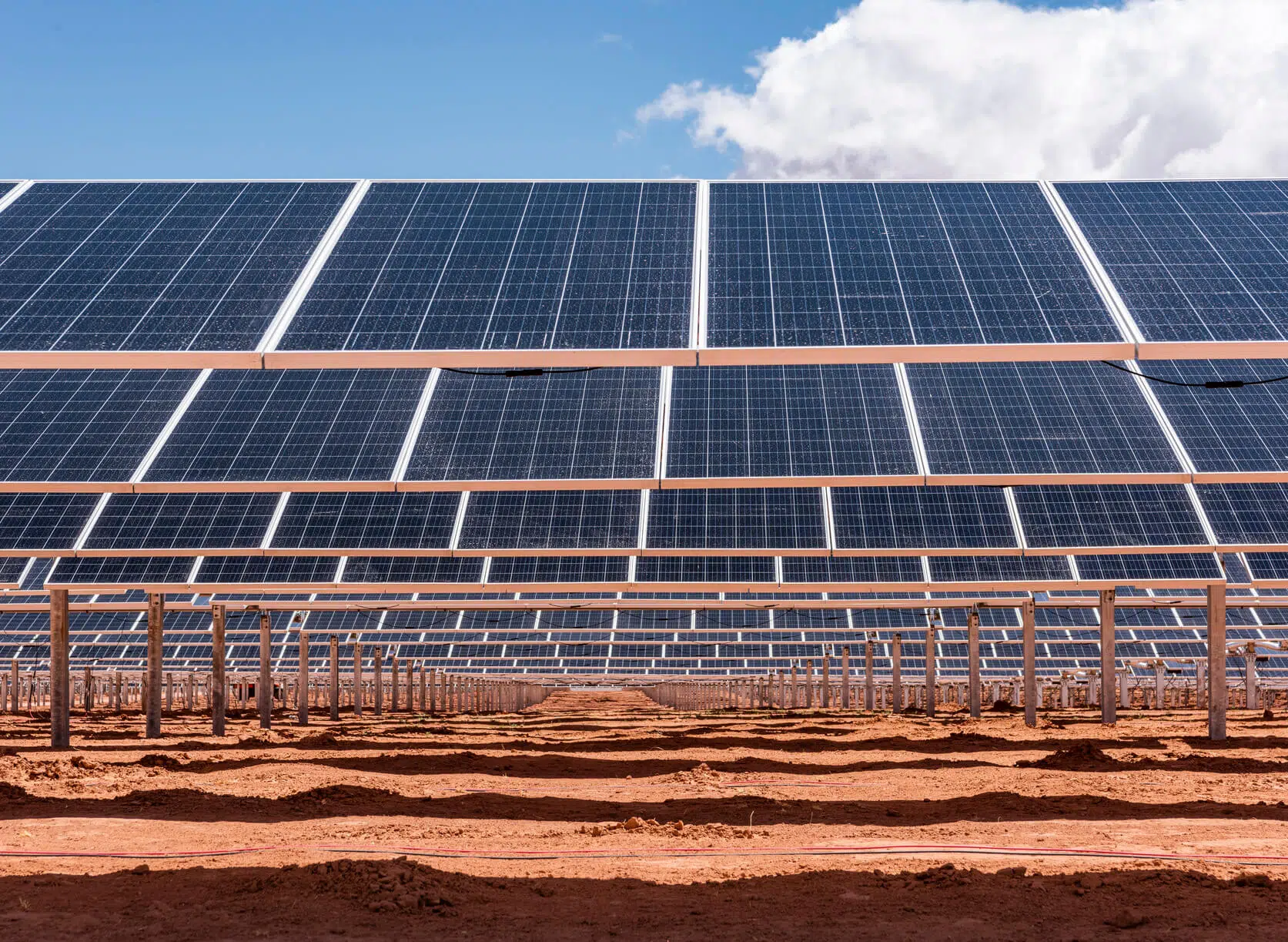
Utility-scale solar developments—or sites that generate large amounts of power feeding directly into the energy grid for a utility company—differ from many traditional land development projects. Solar farms of this size and scale present unique and challenging land development constraints. Large area footprints, numerous landowners, rapidly evolving technology and design practices, tight schedules, and jurisdictions new to these types of developments are common hurdles for utility-scale solar projects. These solar development best practices can help you avoid common challenges in your next utility-scale solar development project.
-
Identify Permitting Needs and Hidden Costs Early
Answering these questions related to site investigation and analysis can help utility-scale solar developers identify potentially costly and time-consuming challenges early on.
- What entitlement permits are needed and how long will it take to get them?
- What should the construction permitting duration be?
- What environmental permits are needed?
- How much of the project budget is being allocated for earthwork and is it realistic based on the topography?
- What is the allowance for erosion control? Are costly basins required? What is the plan for seeding and stabilization?
- How much developable land is needed to hit the energy production target?
The earlier these potential obstacles are known, the more easily they can be addressed and accounted for in the project budget and timeline.
-
Create and Regularly Update a Realistic Buildable Area Boundary
Buildable areas are a standard document for solar projects, however they are often overlooked and rarely accommodate all site constraints. An engineering, procurement, and construction (EPC) partner once said, “The difference between a good project and a great project is a realistic project area.” Tight projects may work on paper but pose risks and have hidden cost impacts. These projects also don’t allow for much, if any, flexibility down the line should an unexpected constraint arise.
Some aspects that impact the buildable area include easements, topography, flooding, environmental limitations, property owner requests, shading, and temporary or permanent erosion control measures. All of these elements are necessary to consider, as they provide the foundation for developing the project. With a strong buildable area, EPCs can more accurately and efficiently bid and develop projects.
-
Authorize Site Investigations Strategically and Methodically
In a typical development project, field investigations such as land surveying, stream and wetland studies, and biological and cultural assessments are typically required. For solar projects, the study areas can be so large that it can take multiple teams weeks or months in the field to complete their investigations. Understanding when and where to kick off each investigation can save you time and money in the long run.
A great first step is to perform an upfront desktop investigation. Having an experienced consultant review publicly available data is a small investment that can provide solid indicators about what to expect on-site without making an expensive site visit or completing expensive field studies.
-
Value Engineer Everything
Value engineer everything from grading to fence post sizing. Since utility-scale solar projects are so large, the smallest changes can save hundreds of thousands of dollars, if not more.
To ensure you are building the most cost-effective solar site, coordinate with your designers early and often. Ask questions such as:
- What are the grading assumptions for racking and can a different system be utilized?
- How will vegetation be established and is there a vegetation management specialist on the team?
- What is flooding like on-site? Will extended piles be needed or can a flood-stow sensor be used?
- Can the least favorable (i.e. highest cost) portions of the site be minimized or avoided?
-
Look for Partners with Solar Expertise and Local Experience
Lessons learned through ample experience developing solar sites are invaluable assets in an alternative energy sector like solar. Look to add players to your team with extensive solar and local development expertise.
Some jurisdictions are well-versed in solar development, but many are new to it and have never permitted a solar project. Having a solar expert on your team to help educate the jurisdiction and translate typical development concerns into what does and does not apply to solar is crucial. We help jurisdictions new to solar understand:
- What stormwater requirements should be of concern?
- What impact will traffic have on the surrounding area?
- How will this project influence adjacent home values?
With local experts on your team, you’ll be able to leverage their existing relationships and insight into the written and unwritten rules of the Authority Having Jurisdiction. In cases where you don’t have an existing relationship with the jurisdiction, make sure you establish one with the key players early. A seasoned solar expert can help you expedite permitting by building trust with the municipality.
-
Use a One-Stop Shop Approach on Your Projects
Utility-scale solar projects are inherently complex due to their size, various stakeholders, and the multitude of professionals required to bring them to fruition. Keeping as much of the design team under one roof with may help simplify this aspect of the project, as well as improve coordination and reduce time to completion.
For more information on our solar experience, view the brochure or connect with our solar experts.

